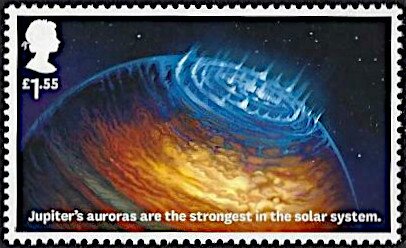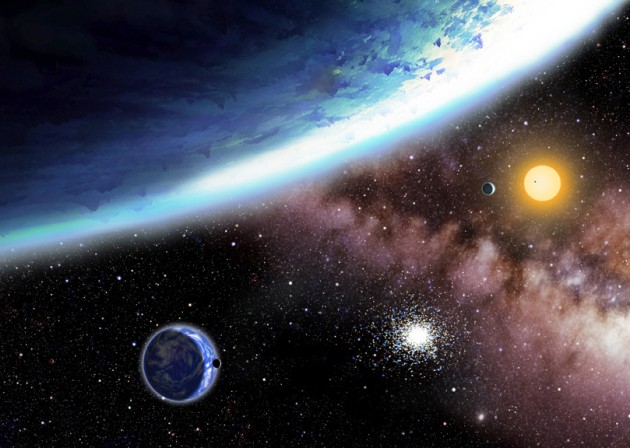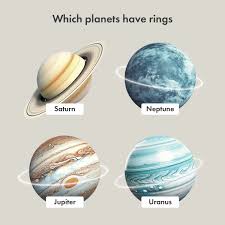Stamp: Auroras of Jupiter (United Kingdom of Great Britain & Northern Ireland 2020)
Auroras of Jupiter (United Kingdom of Great Britain & Northern Ireland 2020)
11 February (United Kingdom of Great Britain & Northern Ireland ) within release Visions of the Universe (2020) goes into circulation Stamp Auroras of Jupiter face value 1.55 British pound sterling
| Stamp Auroras of Jupiter in catalogues | |
|---|---|
| Michel: | Mi: GB 4536 |
| Stamp Number: | Sn: GB 3942 |
| Yvert et Tellier: | Yt: GB 4938 |
Stamp is horizontal format.
stamp from se-tenant pairAlso in the issue Visions of the Universe (2020):
- Se-tenant - Cat's Eye Nebula/Enceladus face value 2*2nd;
- Stamp - Cat's Eye Nebula face value 2nd;
- Stamp - Enceladus face value 2nd;
- Se-tenant - Pulsars/Black Holes face value 2*1st;
- Stamp - Pulsars face value 1st;
- Stamp - Black Hole face value 1st;
- Se-tenant - Auroras of Jupiter/Gravitational Lensing face value 2*1.55;
- Stamp - Auroras of Jupiter face value 1.55;
- Stamp - Gravitational Lensing face value 1.55;
- Se-tenant - Comet 67P/Cygnus A Galaxy face value 2*1.60;
- Stamp - Comet 67P face value 1.60;
- Stamp - Cygnus A Galaxy face value 1.60;
- Booklet Pane - Visions of the Universe Prestige Booklet face value 4.46;
- Booklet Pane - Visions of the Universe Prestige Booklet Pane face value 3.10;
- Booklet Pane - Visions of the Universe Prestige Booklet face value 4.46;
- Booklet Pane - Visions of the Universe face value 2.80;
- Booklet - Visions of the Universe Prestige Booklet face value 14.82;
Stamp Auroras of Jupiter it reflects the thematic directions:
An anniversary is the date on which an event took place or an institution was founded in a previous year, and may also refer to the commemoration or celebration of that event. For example, the first event is the initial occurrence or, if planned, the inaugural of the event. One year later would be the first anniversary of that event. The word was first used for Catholic feasts to commemorate saints. Most countries celebrate national anniversaries, typically called national days. These could be the date of independence of the nation or the adoption of a new constitution or form of government. The important dates in a sitting monarch's reign may also be commemorated, an event often referred to as a "Jubilee".
Astronomy is a natural science that studies celestial objects and the phenomena that occur in the cosmos. It uses mathematics, physics, and chemistry in order to explain their origin and their overall evolution. Objects of interest include planets, moons, stars, nebulae, galaxies, meteoroids, asteroids, and comets. Relevant phenomena include supernova explosions, gamma ray bursts, quasars, blazars, pulsars, and cosmic microwave background radiation. More generally, astronomy studies everything that originates beyond Earth's atmosphere. Cosmology is a branch of astronomy that studies the universe as a whole. .
Outer space (or simply space) is the expanse that exists beyond Earth's atmosphere and between celestial bodies. It contains ultra-low levels of particle densities, constituting a near-perfect vacuum of predominantly hydrogen and helium plasma, permeated by electromagnetic radiation, cosmic rays, neutrinos, magnetic fields and dust. The baseline temperature of outer space, as set by the background radiation from the Big Bang, is 2.7 kelvins (−270 °C; −455 °F)
A planet is a large, rounded astronomical body that is generally required to be in orbit around a star, stellar remnant, or brown dwarf, and is not one itself. The Solar System has eight planets by the most restrictive definition of the term: the terrestrial planets Mercury, Venus, Earth, and Mars, and the giant planets Jupiter, Saturn, Uranus, and Neptune. The best available theory of planet formation is the nebular hypothesis, which posits that an interstellar cloud collapses out of a nebula to create a young protostar orbited by a protoplanetary disk. Planets grow in this disk by the gradual accumulation of material driven by gravity, a process called accretion.




